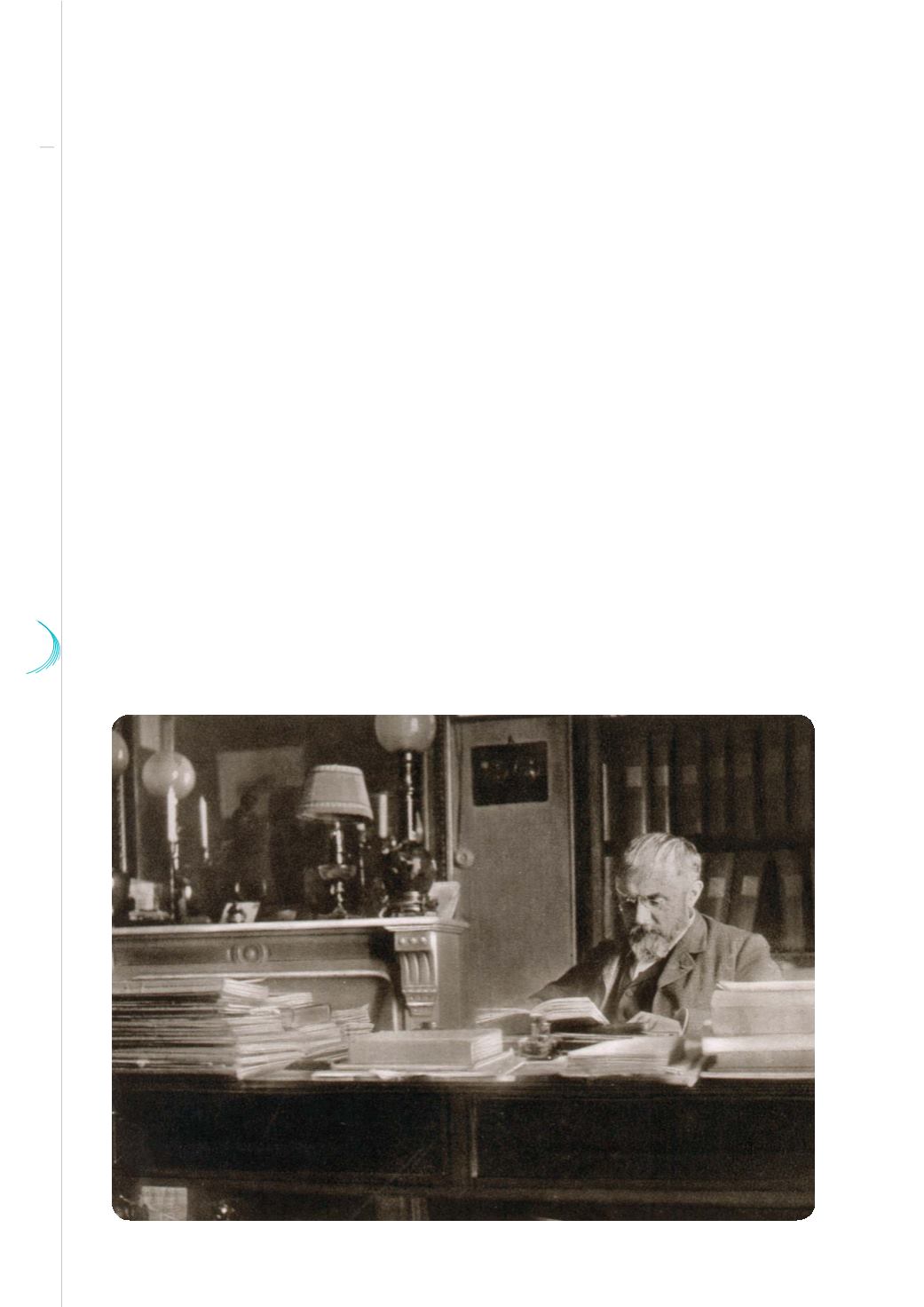

37 38
84
La Lettre
© Archives de l'Académie des sciences
Henri Poincaré (1854-1912)
Adventures like these, with their share of surprising observations, unexpected developments and
conceptual revolutions, became more numerous in the following decades and centuries. One after the
other, problems would wind up into mathematical hands. In the 18
th
Century, Euler, Bernoulli and d'Alembert
sought to conquer the ungraspable fluids; it took almost one century before the Navier-Stokes equations
finally won recognition. With Condorcet, then, it was time to explore votes and systems of decision, and
with Laplace, the statistical fluctuations of stochastic events, and with Monge, such operational problems
as the displacement and rearrangement of matter at the least expense, and with Sophie Germain, the
oscillations of membranes, and with Fourier, the propagation of heat. As Fourier’s motto puts it: “
Et ignem
regunt numeri”
– even fire is ruled by numbers, by equations.
Mathematical refoundations and revolutions
To be more efficient, the discipline also had to improve its own structure and tools. Throughout the 19
th
Century, concepts were refounded, one after the other, by Gauss, Legendre, Cauchy, Jacobi, Abel, Galois,
Dirichlet, Riemann, Weierstrass, Cantor, Poincaré, to name but a few of them. Analysis was redefined, as
well as algebra and the very concept of number; non-Euclidean geometry was founded, and topology, and
the notion of set. The theory of complex functions provided for a systematic research of solutions, while at
the same time algebra was used to demonstrate that some problems are not solvable. With his theory of
dynamical systems, Henri Poincaré introduced a vast programme of qualitative study on the solutions of
differential equations, which shed new light on Newton’s mechanics.


















